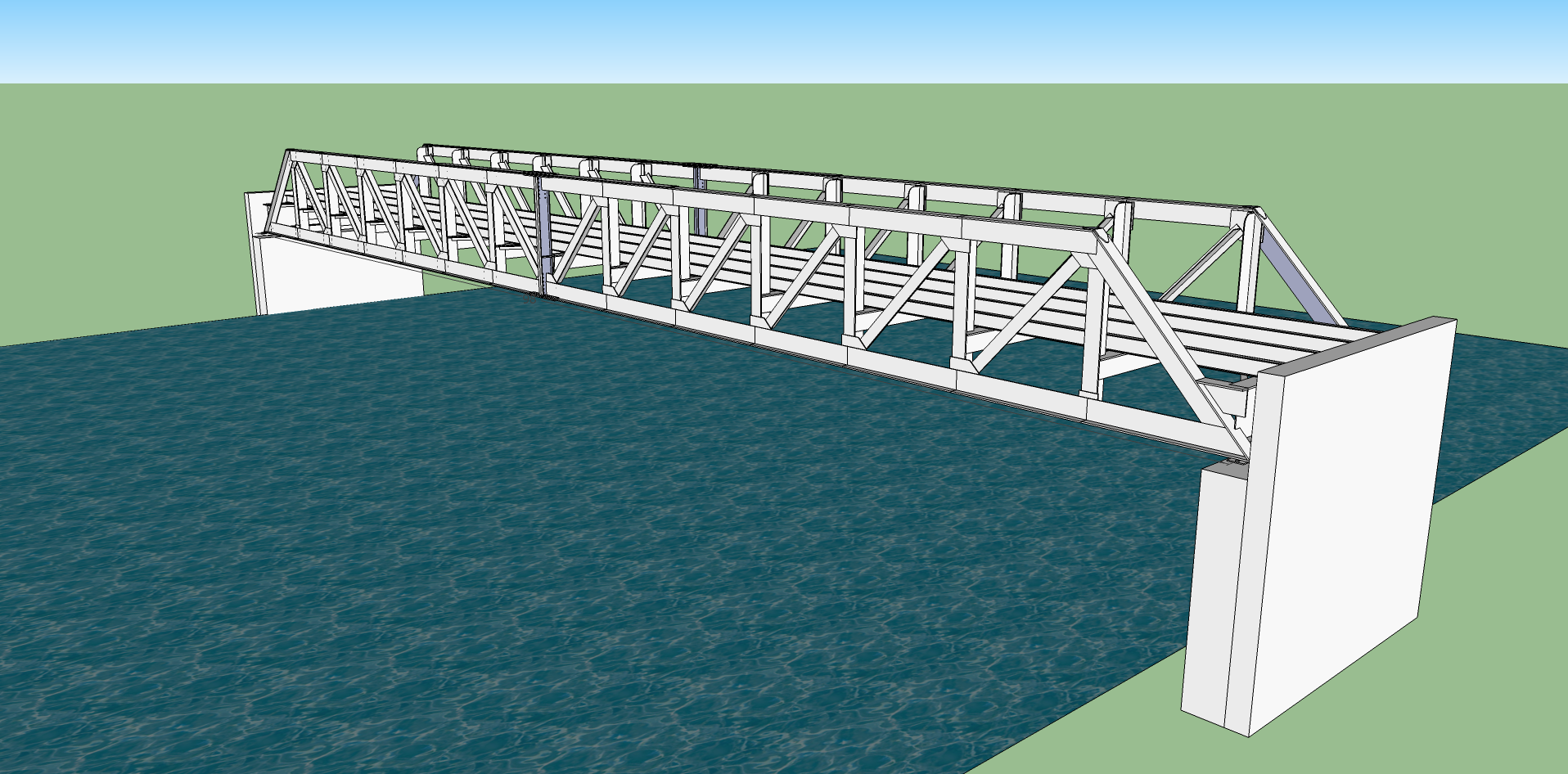When planning a trail, a pedestrian bridge might seem like just another piece of infrastructure—something that simply needs to “work” for your visitors. But behind every safe, long-lasting bridge is careful engineering, guided by national standards. In the United States, the most widely used reference for pedestrian bridge design comes from the American Association of State Highway and Transportation Officials (AASHTO).
Even if you’ll ultimately hire a professional engineer or purchase a prefabricated bridge (many manufacturers, including Areté Structures, provide engineering as part of the product*), it’s helpful to understand a few basics about AASHTO standards before you start. Knowing what these standards require can influence how you design your trail, your budget, and even your long-term maintenance plan.
*Areté Structures outsources all engineering to our sister company, Areté Engineers, or another Licensed Engineering Firm.
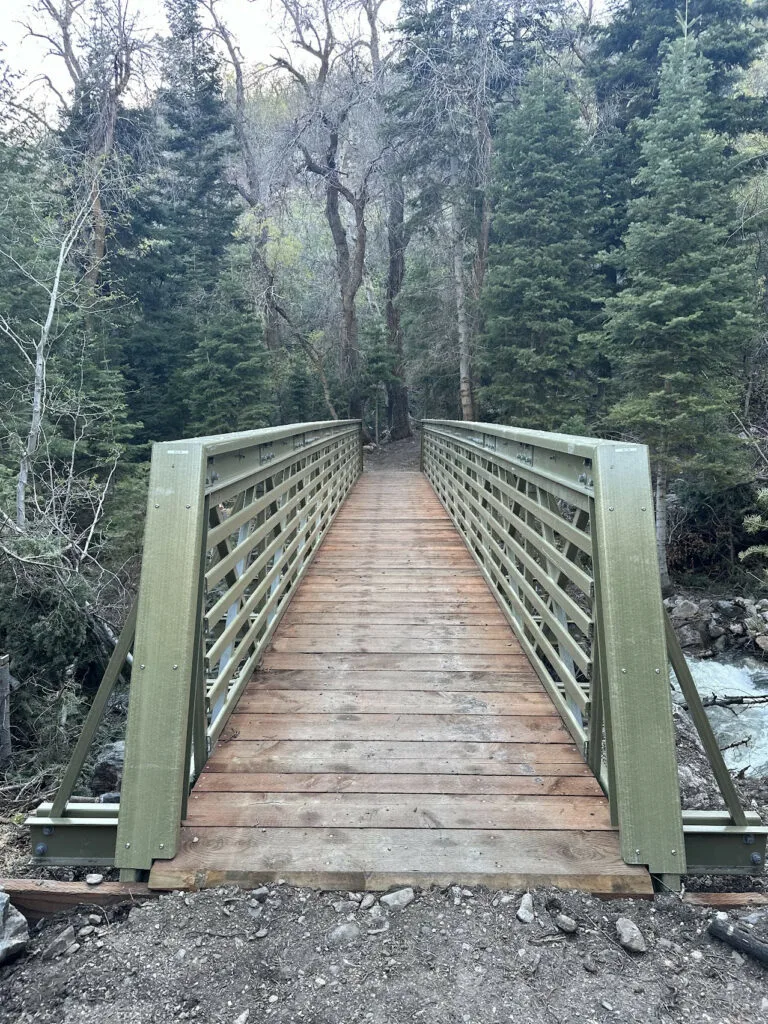
More Than Just “Pedestrian” Bridges
The term pedestrian bridge can be a little misleading. While it may bring to mind hikers or dog-walkers, many pedestrian bridges also need to accommodate bicyclists, equestrians, ATVs, maintenance vehicles, and even emergency vehicles.
That’s why one of the very first questions an engineer or manufacturer will ask is:
“What uses do we need to account for in the design?”
Your answer might seem straightforward, but AASHTO guidelines add another layer. For example, you may want an 8-foot-wide bridge for pedestrians and bikes only. However, because it’s wider than 7 feet, AASHTO requires that it be designed for a 10,000-pound vehicle load.
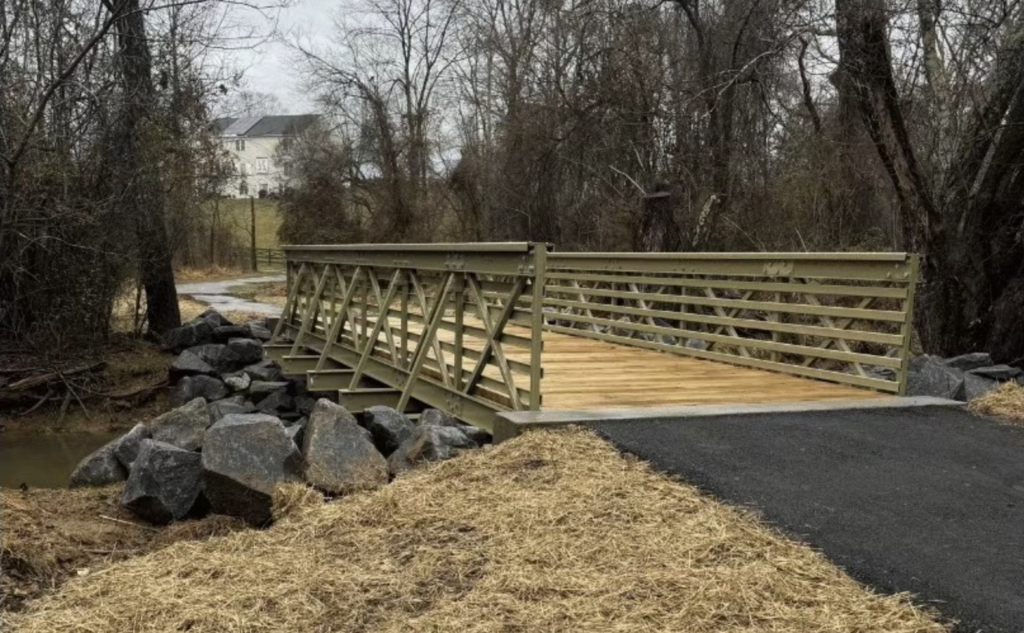
Designing With the Future in Mind
At first glance, designing for a use you don’t anticipate might feel excessive. But consider the long lifespan of a bridge: an FRP bridge from Areté Structures, for example, is likely to last 75+ years. Over that time, usage patterns can change. If a vehicle can physically fit on a bridge, it’s reasonable to assume that someday, one might.
AASHTO does allow exceptions if vehicle access is permanently prevented—for example, through bollards or natural trail features. For land managers and trail designers, this can be a key insight. By designing your trail in a way that naturally limits vehicle access, you may avoid additional bridge loading requirements and the cost that comes with them.
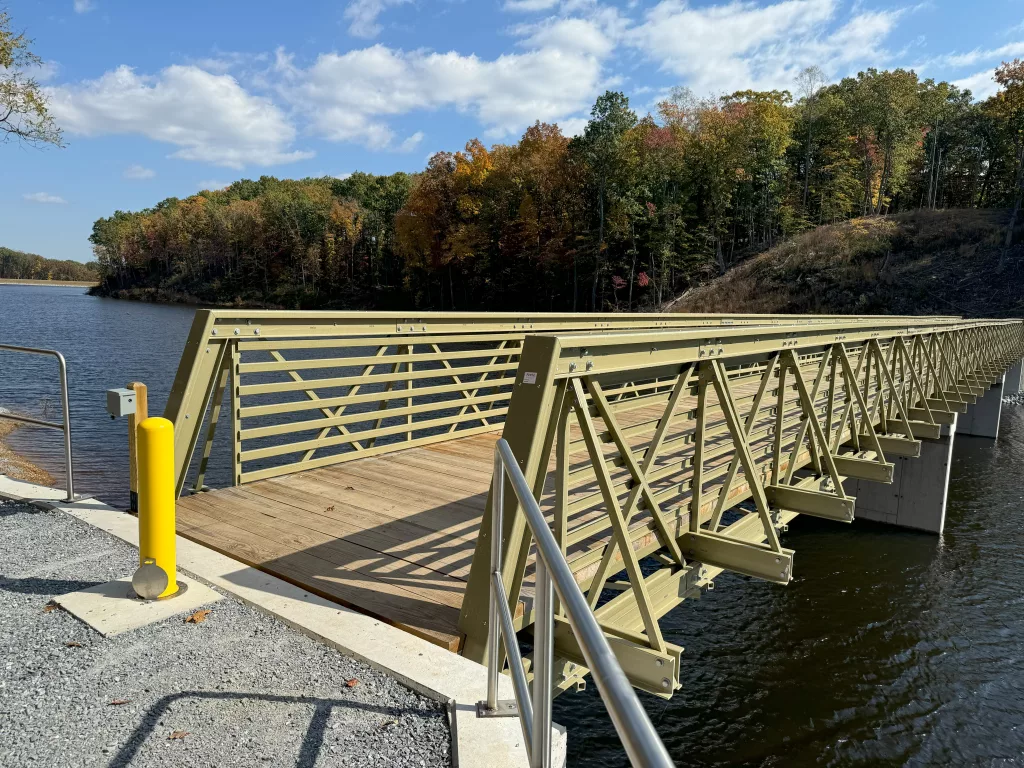
Railing Requirements
AASHTO also provides guidance on railings for pedestrian bridges. The minimum railing height is 42 inches for pedestrian-only use, but if your bridge will serve bicyclists or equestrians, the minimum increases to 54 inches.
In addition to height, spacing between railing elements matters. AASHTO specifies a maximum opening of 6 inches, but many projects opt for the more restrictive 4-inch maximum used in the International Building Code. Choosing the smaller spacing can provide added safety—especially for children and pets—and is often preferred in heavily trafficked public areas.
A Note on ASD vs. LRFD
If you’ve started researching pedestrian bridges, you may come across the terms ASD (Allowable Stress Design) and LRFD (Load and Resistance Factor Design). These are simply two different approaches engineers use to make sure a bridge can safely carry its expected loads.
For many years, the FRP (fiber-reinforced polymer) bridge industry has relied on ASD, based on AASHTO’s Guide Specifications for Design of FRP Pedestrian Bridges, First Edition (2008). This has been the standard reference for designing FRP pedestrian bridges across the country.
In 2009, AASHTO published its LRFD Guide Specifications for the Design of Pedestrian Bridges, which outlined the LRFD approach—but notably, it did not include FRP bridges. That gap was finally addressed in May 2025, when AASHTO released the new LRFD Guide Specifications for the Design of FRP Pedestrian Bridges.
What does this mean for you as a land manager or trail designer? For now, most FRP pedestrian bridge projects are still designed using the 2008 ASD-based specification. But moving forward, you can expect the industry to transition toward LRFD as the standard. This shift won’t change your role in designing a trail, but it’s helpful to know that the engineering community is updating its practices to reflect the latest research and safety approaches.
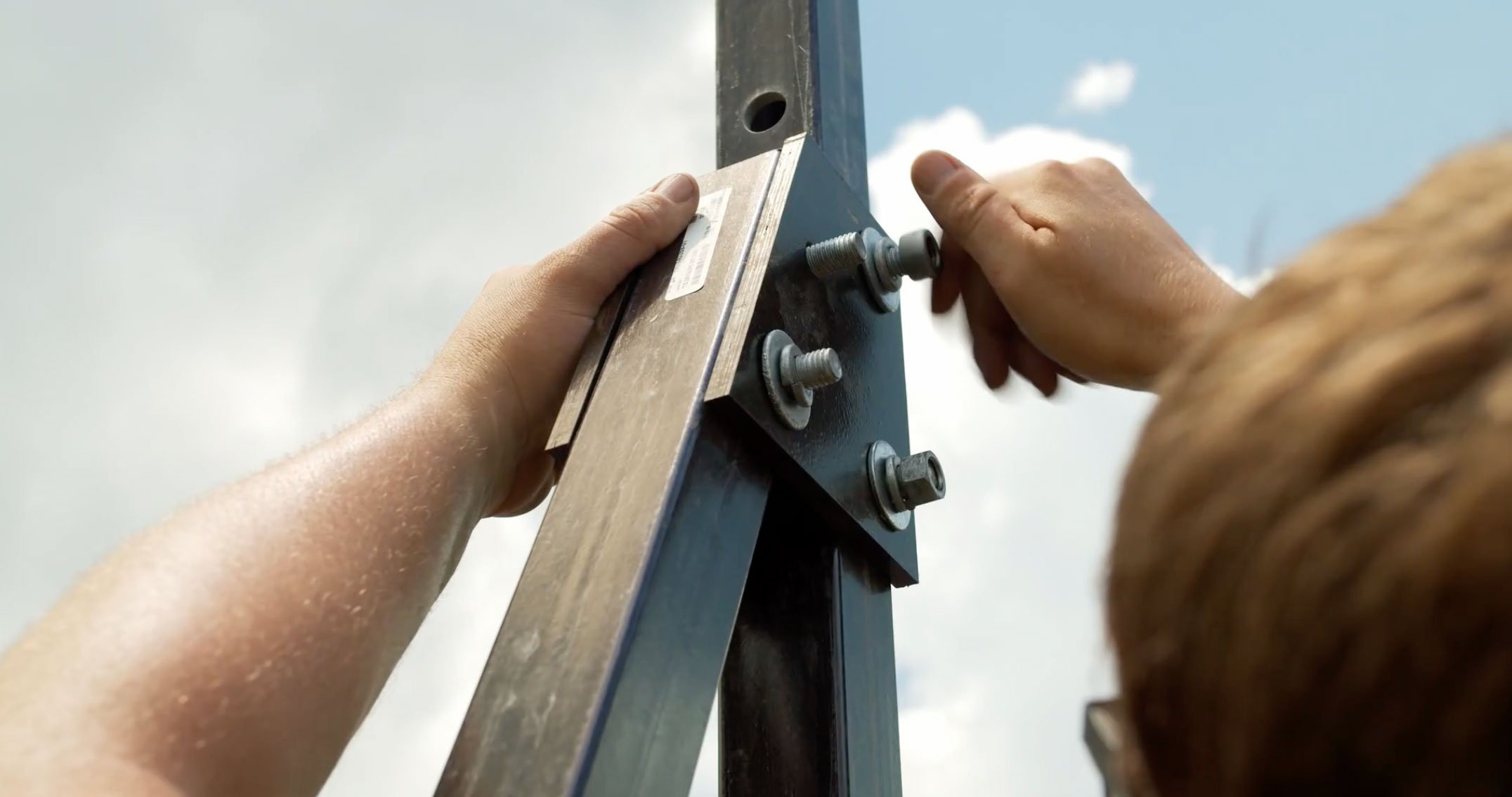
Key Takeaways for Trail Designers
Know your users. Will your bridge serve only hikers, or also cyclists, horses, or vehicles?
Width matters. Bridges 7-ft to 10-ft wide trigger a 10,000 pound vehicle load. Bridges 10-ft wide and wider trigger a 20,000 pound vehicle load.
Don’t overlook railings. AASHTO requires a minimum of 42 inches for pedestrians and 54 inches for bikes/equestrians, with a maximum gap of 6 inches (though many projects choose 4 inches per the International Building Code for added safety).
Plan for the long term. A bridge built today may still be in service 75 years from now.
Use the landscape to your advantage. Designing physical barriers to vehicle access can save cost without sacrificing safety.
Be aware of evolving standards. Most projects still follow the 2008 ASD spec, but the industry is transitioning to LRFD.
Understanding these AASHTO guidelines early can help you make smarter trail design decisions and avoid surprises down the road. And when it’s time to build, working with an experienced manufacturer ensures that your bridge will not only meet the standards—but also serve your community for decades to come.

